Above: The evocative ruins of Thursbitch Farmhouse lie below the ridge between Pym Chair and Shining Tor.
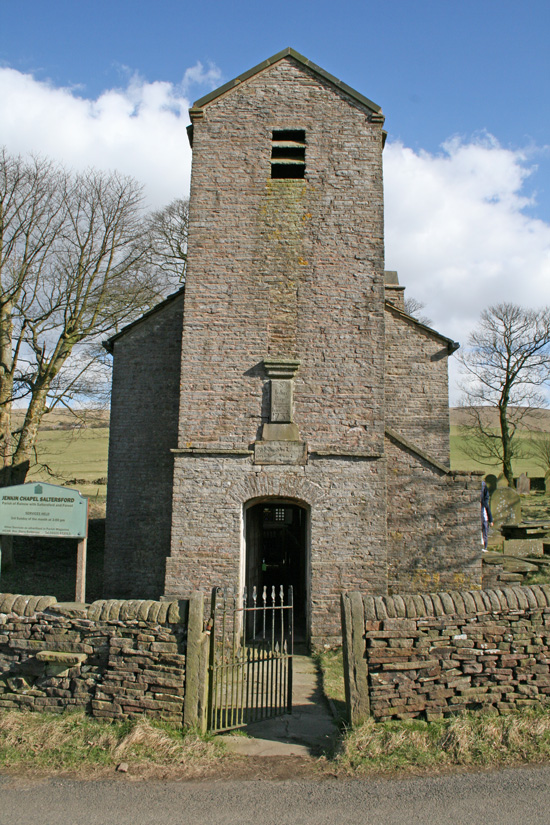
Above: Jenkin Chapel lies just a mile or so west of the twin reservoirs and is well worth a visit. Click here to read more about its rich history.
Published in 2003, ‘Thursbitch’ is a wonderful novel by celebrated local author, Alan Garner. It weaves a story across time featuring 18th century familes and a modern couple, and is set within a small triangle of land just to the west of the Goyt Valley’s twin reservoirs. The area includes Jenkin Chapel, the John Turner memorial stone, and Thursbitch Farmhouse, which is on the route of the Rainow to Lamaload walk featured on this website.
Above: This OS map shows how the various features are set in the landscape, with only about a mile between Jenkin Chapel and the ruins of Thursbitch. Saltersfield Hall is said to have been the home of John Turner’s family.
Alan, who recently turned 90 and lives close to Jodrell Bank in Macclesfield, has just published a more autobiographical book titled ‘Powsels and Thrums’ which includes a collection of observations and presentations he’s made during his professional life. And one of the chapters is about his ‘Thursbitch’ novel.
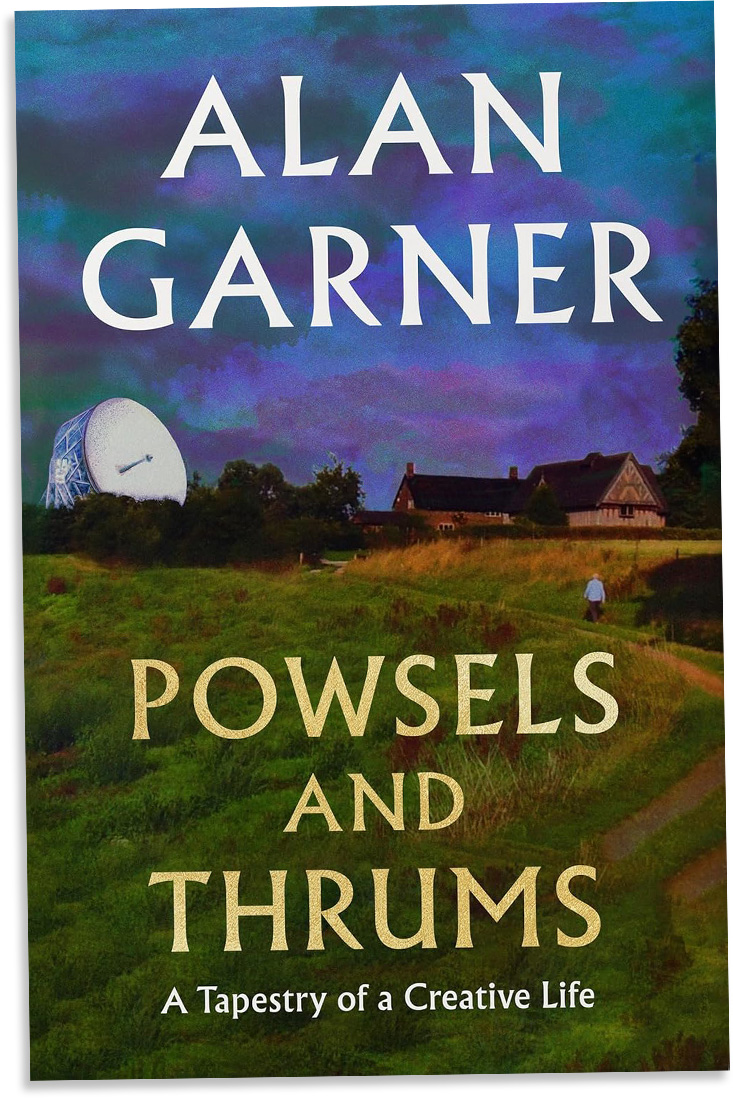
Above: There’s a clue to where Alan now lives on the cover of his new book.
The fastest schoolboy
According to Alan’s website, he was rated ‘the fastest schoolboy sprinter in Great Britain’ in 1952. The chapter on how he came to write ‘Thursbitch’ starts…
When I was an athlete […] I would take myself off to the southern Pennines, and there I would lope. On the afternoon of 19 July 1952, I was running across a moor at a height of about thirteen hundred feet. Ahead of me was a dry stone wall. On the other side was a deep lane.
I slid down the bank. My bottom passed over something smooth and hard. When I hit the lane I turned, and parted the grass. A memorial stone was set into the bank: It read: ‘Here John Turner was cast away in a heavy snowstorm in the night in or about the year 1755.
The stone was weathered, but legible. I began to clear away the grit. I arrived at the inner corner, and felt for the rear. It should have been roughly dressed. Instead, the back had been as finely worked as the face.
This was not only irrational, but would have added to the cost. It was, after all, no more than a hidden memorial in a lonely Place. If it had merited such work, why was there imprecision about the date, ‘in or about the year 1755’? I continued, turning my arm at an ever more awkward angle.
In the late of late afternoon, my arm jammed. I couldn’t move. I became aware of the time, the distance, the isolation, the silence. I tried not to hyperventilate. At last, I found a direction of give. I worked my arm and was able to start to retract it. Then my fingers met a line in the surface of the stone. They ‘read’ the letter D.
It was unweathered. It had not been exposed. Much later, having extricated my arm, cleared a space, and wound my hand back in, I’d traced what was carved on the hidden reverse: “The print of a woman’s shoe was found by his side in the snow were he lay dead.’
The hills took on a starker force…
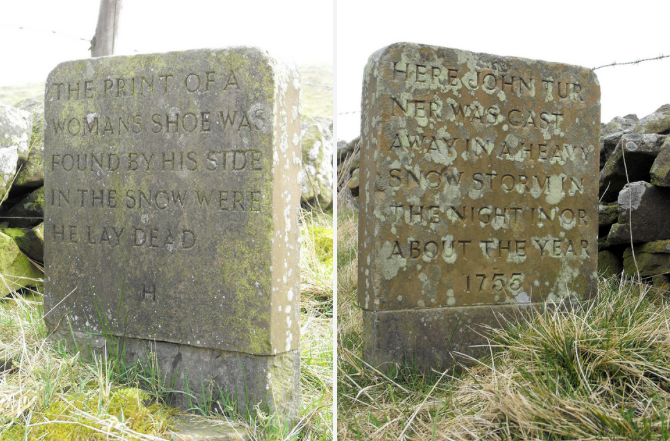
Above: The two sides of the John Turner memorial stone. Click here to read more about the stone, as well as directions on how to find it.
A powerful brew
The chapter goes on to explain how Alan and a friend discovered that the name ‘Thursbitch’ contains elements of old english words that translate as ‘demon valley’.
The nearby Jenkin Chapel has a mysterious past with names erased from the inscription above the doorway. And the intriguing memorial to John Turner, with its description of a woman’s shoe print found in the snow beside his dead body, adds yet more ingredients to a powerfully fascinating brew.
For anyone interested in the mysterious history of this unique landscape, I’d highly recommend both of Alan’s books; ‘Thursbitch’ as well as ‘Powsels and Thrums’.
Visit the ruins
The ruins of Thursbitch are very easy to reach. There’s a small carpark at Pym Chair but there is often space outside Jenkin Chapel which is closer. From the chapel, walk south along the narrow road to reach Saltersford Hall, which is said to have been the home of John Turner’s parents. There’s a public footpath to the right of the farmhouse. Simply walk through the valley and you will eventually reach the ruins.
And if you fancy a longer circular hike, follow walk 22 on this website, starting from Rainow. It’s 9.5 miles and passes Lamaload Reservoir. A GPX file for this walk is also available.
Page update: My thanks to Laurie on the Goyt Valley Facebook Group for pointing me towards a wonderful map dating from 1881 that shows Thursbitch in its prime. Simply press the “Now’ button – or drag the green slider – to view today’s satellite image of the isolated ruins.
Page update: This is the video Hannah mentions in her comment below…

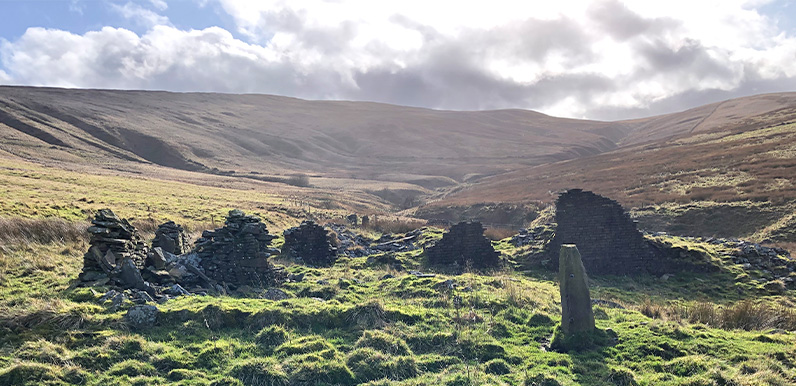
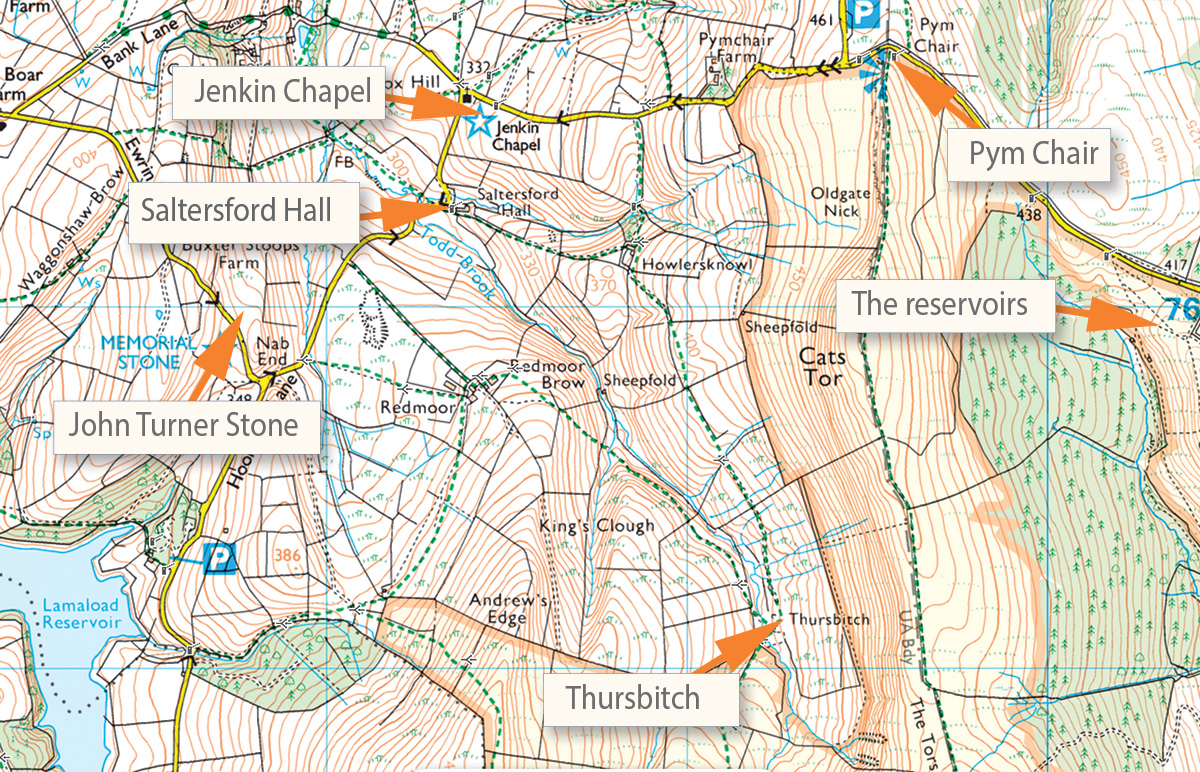
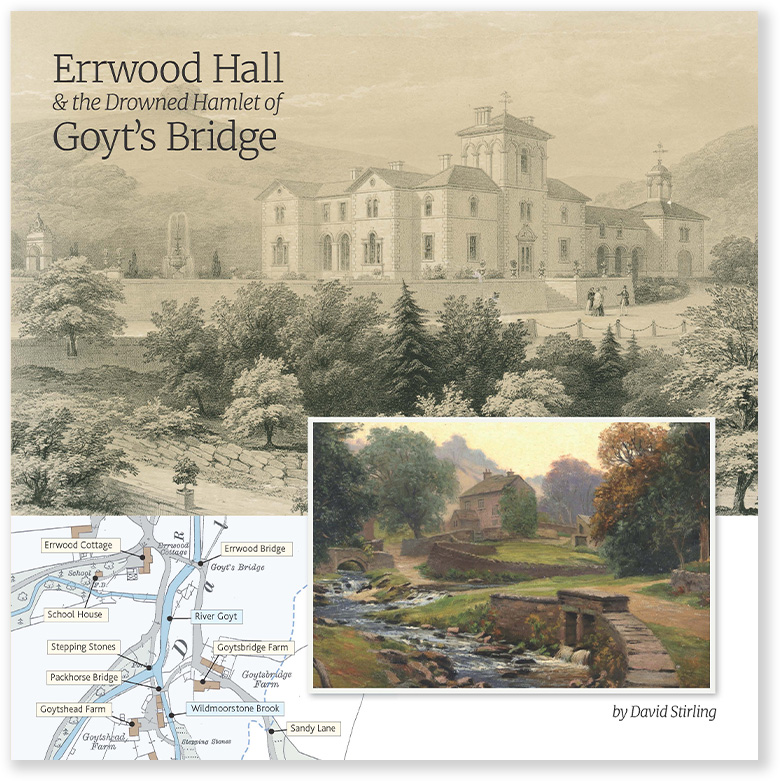
I think your site is fantastic and thought you might be interested in a personal project I’ve been working on (on and off). I loved Alan Garner’s Weirdstone books as a child and it left me with a lifelong fascination for the area. I recently started to teach myself a bit of 3d modelling and decided to try and model Errwood Hall in its setting (with, I’m sure, many inconsistencies!). Your website was a great resource. I put a web page together that describes the project in a bit more detail: Click to view. It’s very much a work in progress and as I learn more skills and time allows, I will continue tinkering with it.